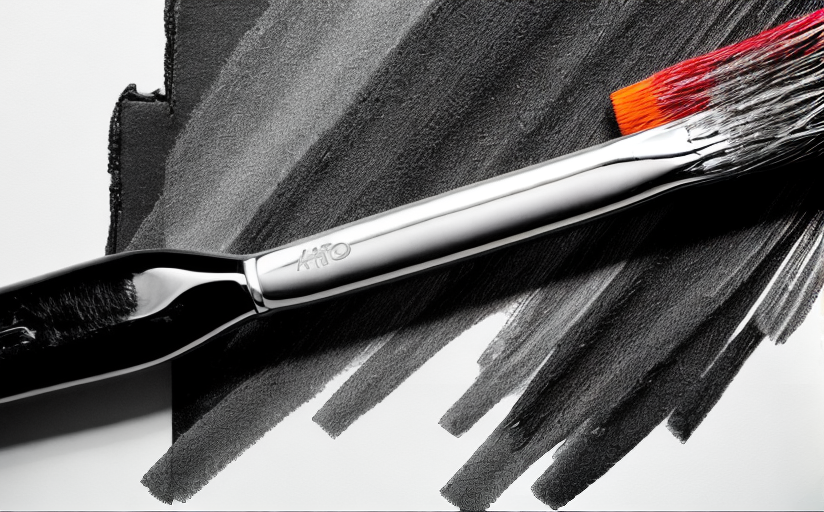Censorship and Artistic Freedom: Where Should We Draw the Line?
Censorship and artistic freedom are key topics in the contemporary discourse on human rights, freedom, and the role of art in society. These two concepts, seemingly at odds with each other, warrant a close examination of their implications, their relationship to one another, and the line that separates acceptable artistic expression from content deemed intolerable or harmful to the public.
Artistic Freedom: A Cornerstone of Societal Expression
Artistic freedom is a concept that encompasses the rights of artists to freely create and distribute their work without interference. It is a manifestation of the broader concept of freedom of expression, which is considered to be a fundamental human right. Artistic freedom allows artists to challenge established norms, communicate ideas and emotions, and contribute to the societal discourse, making it a critical component of a vibrant, open, and progressive society.
Censorship: A Controversial Protective Measure
Censorship, on the other hand, involves the practice of suppressing or restricting content considered inappropriate, harmful, or politically inconvenient. It is often enforced by governing bodies or institutions with the goal of protecting individuals or society at large. However, it walks a fine line, as excessive or unreasonable censorship can suppress creativity, inhibit societal progression, and infringe upon an individual's right to freedom of expression.
The Delicate Balance: Artistic Freedom and Harmful Content
The line separating acceptable artistic expression from potentially harmful content is highly contentious. This is a significant area of tension as it touches on issues of morality, cultural sensitivity, political correctness, and societal norms. For instance, works of art that deal with explicit themes, graphic depictions, or controversial topics often bear the brunt of censorship, consequently sparking debates about freedom of expression and public protection.
Historical and Contemporary Conflicts
Historically, there have been numerous instances where artists have clashed with censorship. From the removal of Diego Rivera's fresco at the Rockefeller Center in the 1930s for its depiction of a portrait of Lenin, to the more recent controversy surrounding the Netflix drama Cuties accused of sexualizing minors. These examples highlight the recurrent tension between artistic freedom and censorship.
Different Perspectives on the Issue
There are diverging perspectives on where to draw the line between censorship and artistic freedom. Some argue for stricter regulations to protect children and vulnerable groups from potentially harmful content. Conversely, others argue that increased censorship infringes upon artistic freedom, effectively stifling creativity and societal discourse.
Finding a Balance
To maintain a healthy balance between respecting artistic freedom and protecting the public from harmful or offensive content requires open dialogue, transparent policies, and a nuanced understanding of the societal impact of art. Art should challenge, provoke, and push the societal boundaries, yet it should also respect cultural sensitivities and champion human dignity.



















Comments
Leave a Comment